4 Secrets for Restoring Old Floors

Hardwood floors make a statement in any room, which is why so many crave this design trend. However, hardwood requires proper care to keep them looking nice for years. If you’re remodeling and you happen to find old hardwood under the carpet, consider yourself lucky!
Restoring old hardwood floors can be a lot to take on, but the outcome outweighs the work every time. We’ll show you how to restore those old floors, make the process as easy as possible, and how to keep them looking nice longer.
1. Complete an Inspection
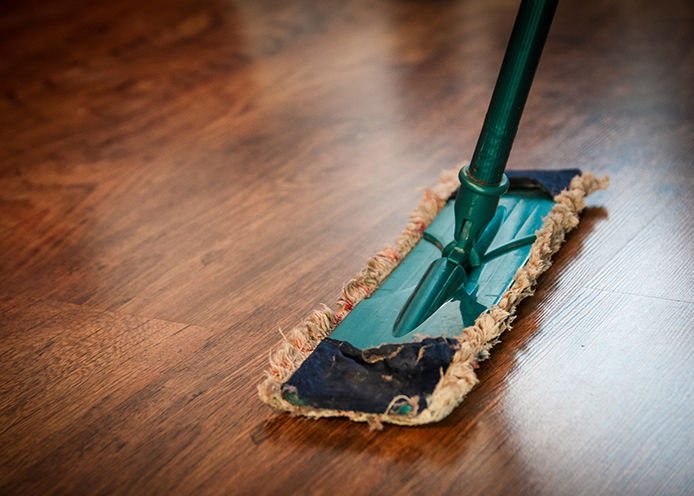
Restoring hardwood floors starts with an inspection. Make sure to sweep and clean the surface as much as possible. This means cleaning the floor multiple times to make sure all dust and debris is removed.
2. Make Necessary Repairs
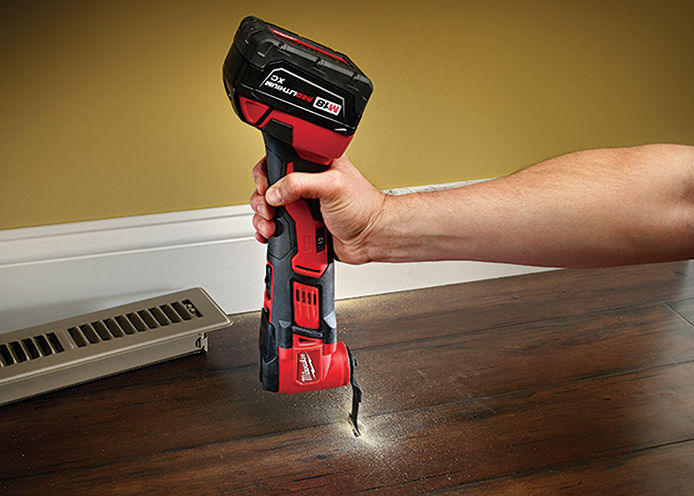
Make any necessary repairs, such as fixing damaged floorboards or discolored wood. If a floorboard is beyond repair, cut or chisel it out and replace the entire piece as shown with the Milwaukee tool. Once you re-stain the entire floor, the color of your patched floor will match the original floor. Any discolored wood can be bleached, but should only be done after the floor is sanded.
3. Sand and/or Fill
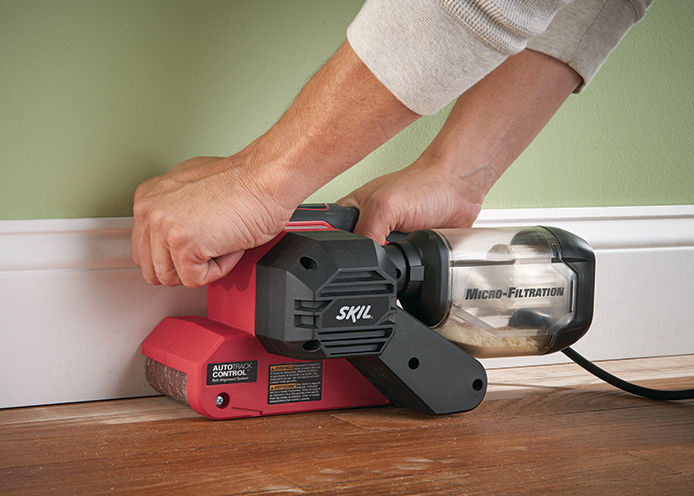
If there are paint spots, nicks, or any other blemishes on the floor that you would like to remove, your best bet is to sand the floor. Try an orbital floor sander first, as it is less invasive, but if you are unable to get desired results try a belt sander like the Skil Belt Sander shown here. Another option is to use a chemical stripper before sanding, which will reduce the overall amount of sanding that you’ll have to do. If there are cracks, they can be filled in using a thinned latex filler anywhere it’s needed.
4. Stain and Finish
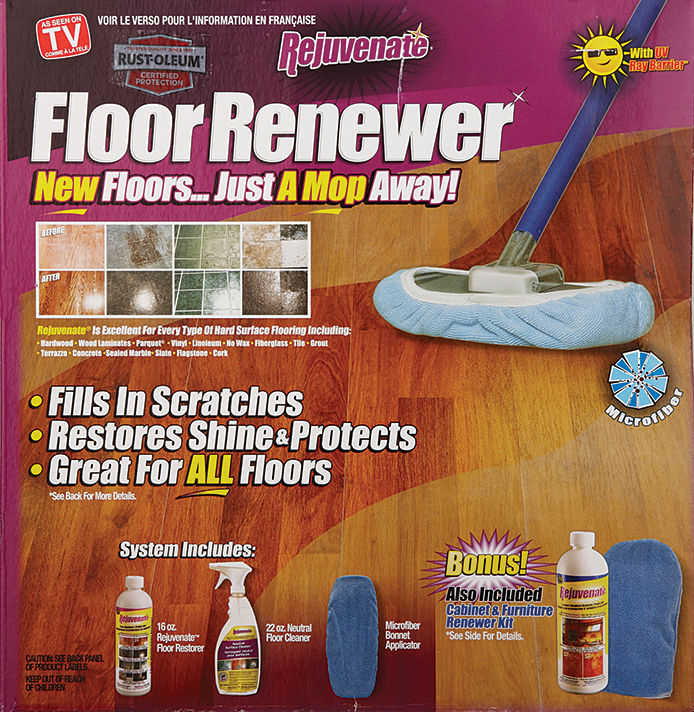
Once the floor is sanded or filled, you’re ready to begin finishing. If you're re-staining your hardwood, you can complete that step now using your desired shade. The last step is to use a polyurethane-based clear solution to seal your newly stored floor. Using this clear solution, you’ll be able to transform your sanded floor in one, easy application. Most finishers will restore years of wear and tear with a new finish that’s sure to last!
Keep in mind that some floors won’t need as much work to restore. If your inspection reveals floors that may be damaged by sanding, try to scuff up the old finish using a buffer before mopping on your floor polish.
Maintain Your Floors
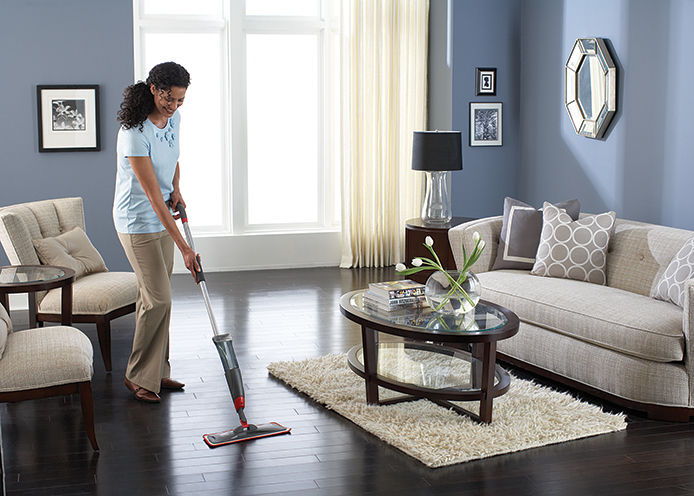
A few ways you will be able to maintain the look of your newly restored floor:
- Sweep daily
- Mop once a week
- Use furniture protectors
- Remove shoes
Sweeping daily will keep dust and debris off of your floor, so you don’t have to deep clean as often. Mopping once a week with a non-toxic, PH balanced cleaner will keep floors looking new without leaving a waxy residue. Furniture protectors are placed on the feet of furniture, so you aren’t scratching your floors. Removing shoes is always a good idea because stones can get stuck in soles and scratch hardwood floors easily.
While do-it-yourself projects can be fun and fulfilling, there is always a potential for personal injury or property damage. We strongly suggest that any project beyond your abilities be left to licensed professionals such as electricians, plumbers, and carpenters. Any action you take upon the information on this website is strictly at your own risk, and we assume no responsibility or liability for the contents of this article.